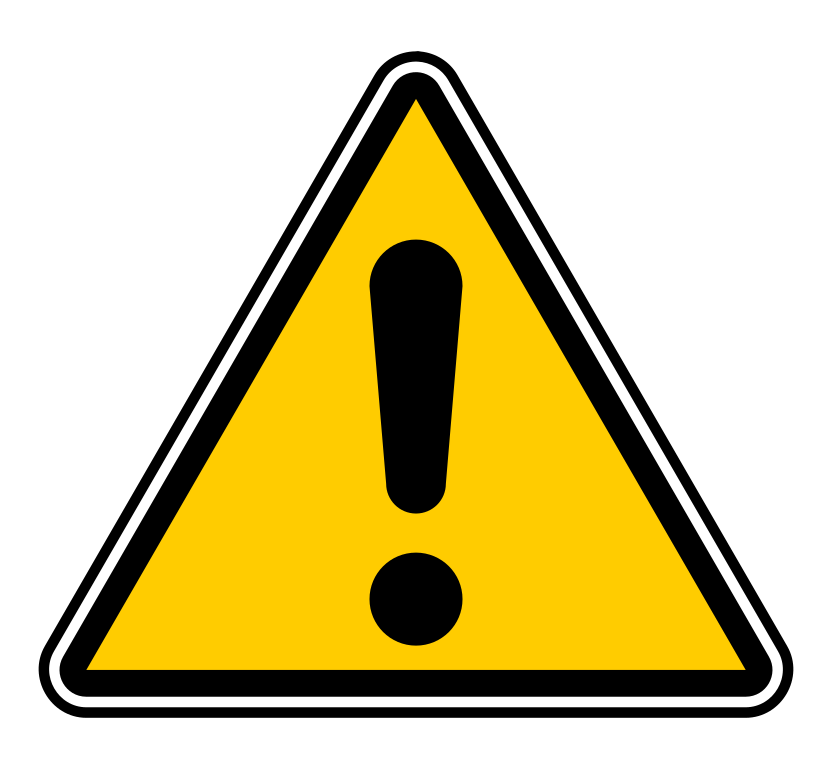I am looking to see if anyone has any experience with Mobile Crisis Billing & Coding. My employer has a Mobile Crisis unit which provides services to children and teens, and I have been trying to find information all over but haven't really had any luck. I am trying to find tips on proper documentation and coding for the most part.
I have found the following codes (dependent on the scenario and/or payer as well as time):

I have found the following codes (dependent on the scenario and/or payer as well as time):
- CPT 90839 - Psychotherapy for crisis; first 60 minutes: This code seems more appropriate when the patient is showing life-threatening or highly complex psychiatric crisis, and not when the patient is in a "minor" crisis state (ex. child who is not willing to go to school, causing disruption in the house by screaming and slamming doors and the parent calls the MC department to help come and calm the child - this code would not be appropriate)
- HCPCS S9484 - Crisis intervention mental health services, per hour (CT Medicaid and some commercial carriers): This code seems more appropriate when the patient may be experiencing a crisis situation and is unable to cope and calm themselves with resources at hand, which then caused the MC team to be called to the home, school etc. (ex. child who is not willing to go to school, causing disruption in the house by screaming and slamming doors and the parent calls the MC department to help come and calm the child - this code would be appropriate)
- HCPCS H2011 - Crisis intervention service, per 15 minutes: Crisis intervention mental health services, per hour (CT Medicaid and some commercial carriers): This code seems more appropriate when the patient may be experiencing a crisis situation and is unable to cope and calm themselves with resources at hand, which then caused the MC team to be called to the home, school etc. (ex. child who is not willing to go to school, causing disruption in the house by screaming and slamming doors and the parent calls the MC department to help come and calm the child - this code would be appropriate)


